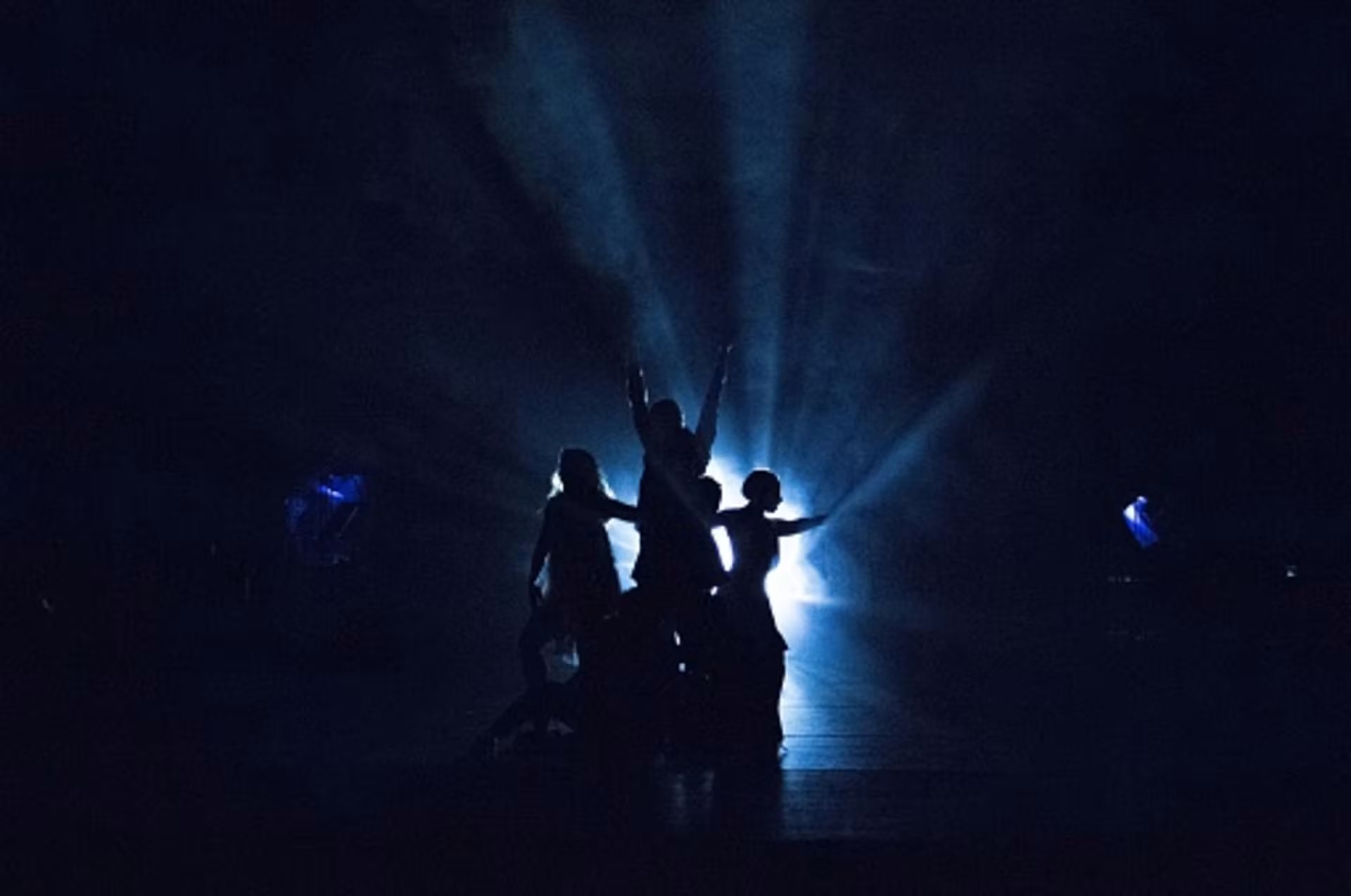Speak with a University Counselor today.
The views and opinions expressed in this article are those of the author’s and do not necessarily reflect the official policy or position of Grand Canyon University. Any sources cited were accurate as of the publish date.

An artistic masterpiece is a work created with such skill and innovation that it transcends audiences and revolutionizes the way we think about art. In addition to skill, such a creation also requires the passion and courage to go where other artists have not. A masterpiece is not only a beauty to behold — it also has the depth to move the beholder.
Visual masters such as Michelangelo and Van Gogh use paint and clay as their tools. Music masters, such as Stravinsky and Beethoven, use instruments. Dance choreographers use the body as their medium in conjunction with music, costumes and lighting to create dances that break from tradition and move audiences. If you are an emerging choreographer, learning from masterpieces such as Alvin Ailey’s “Revelations” can provide you with the tools to develop your own creative process and learn how to choreograph a dance.
Ailey brilliantly combines the elements of movement, music, lighting and costumes to transform the stage and take the audience on a journey from slavery to freedom. The dancers’ movements range from smooth and graceful to strong and percussive. “Revelations” consist of three sections: “Pilgrim of Sorrow,” “Take Me to the Water,” and “Move, Members, Move.” Each section has carefully selected music and costumes to accurately depict the “blood memories” of the African American experience.(See disclaimer 2)
Music played a huge role in the conception of “Revelations.” Inspired by Ailey’s early life experience at a Baptist church in rural Texas, “Revelations” is performed to traditional spiritual, gospel and blues music, presenting a historical account of the African American experience in the American South. Throughout their journey, the dancers reach to God as they reach the deepest places of grief and the holiest joy of the soul.
Alvin Ailey was a modern dancer and choreographer who formed the Alvin Ailey American Dance Theatre composed of black modern dancers, in 1958. Ailey performed on Broadway and was inspired by Katherine Dunham.(See disclaimer 1) His revolutionary choreography was a fusion of modern, ballet and jazz.
“Revelations,” one of Ailey’s best-known works, premiered in 1960, bringing the company international praise. Inspired by African American heritage and cultural themes, “Revelations” is a masterpiece that immerses the audience in its story of faith, worship and the soul.
Ailey took the teachings and knowledge of Lester Horton, Charles Weidman and Martha Graham to create his own unique style. In the same way, it is important for you to soak up the knowledge of your teachers and mentors as you craft your own aesthetic. Ailey also understood the important collaboration between movement and production elements such as music, costumes and lighting. Production elements should not be an afterthought; instead, they should be interwoven in your creative process. As an emerging choreographer, you can learn a lot from masterpieces like “Revelations.”
If you are interested in learning how to study choreography or how to become a dancer, explore GCU’s BA in Dance degree program. Read other dance blogs here.
Retrieved from:
Approved by the Director of Dance for the College of Arts and Media on Nov. 3, 2022.
Performed with such masterful passion and emotion, “Revelations” has been seen by over 23 million people in 71 countries, including several White House performances.(See disclaimer 2) Oprah Winfrey called it an “American phenomenon” and encouraged Americans to see it.(See disclaimer 3) Performed for over more than 60 years, this ballet continues to inspire its viewers by appealing to human emotions.